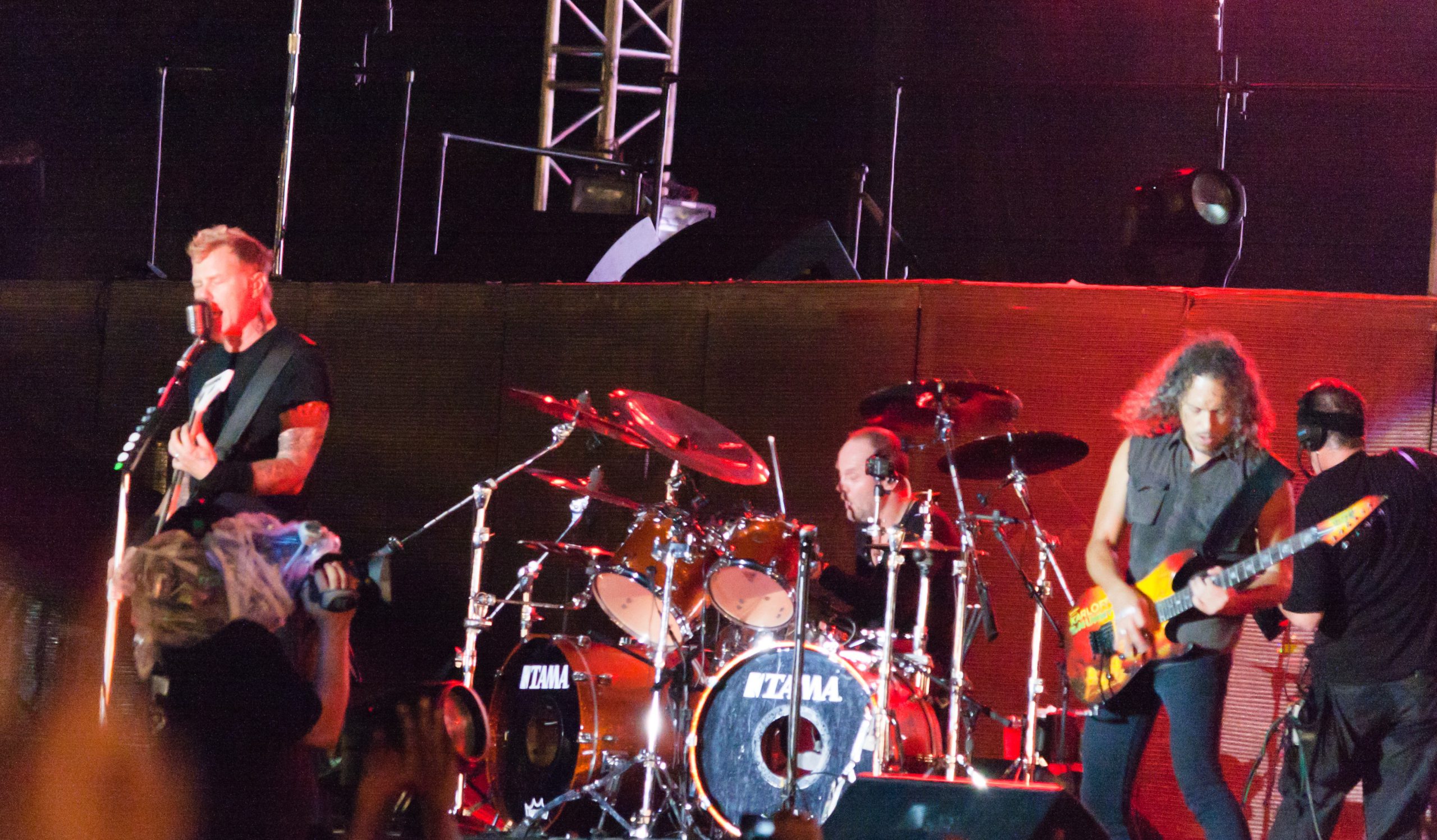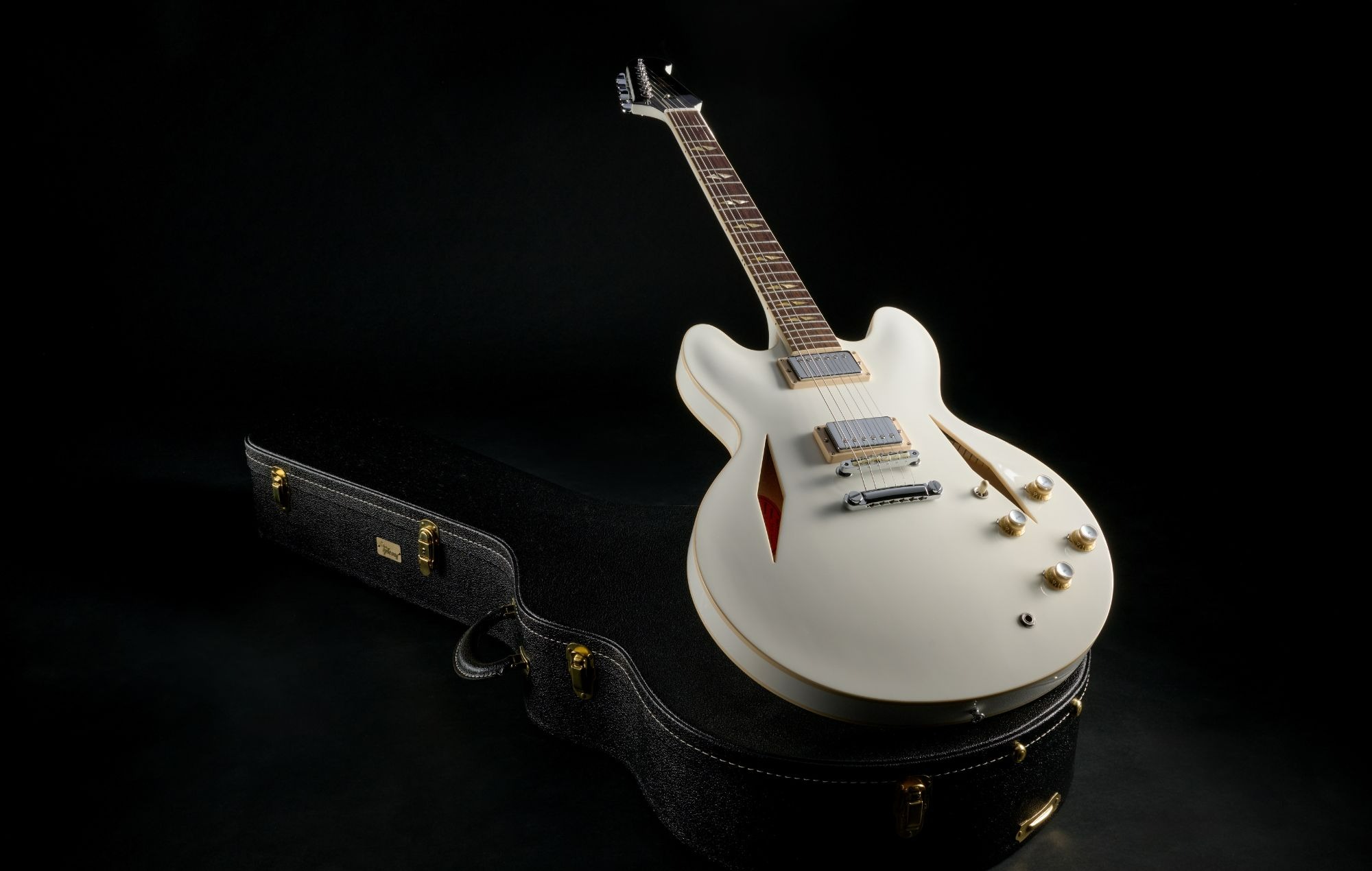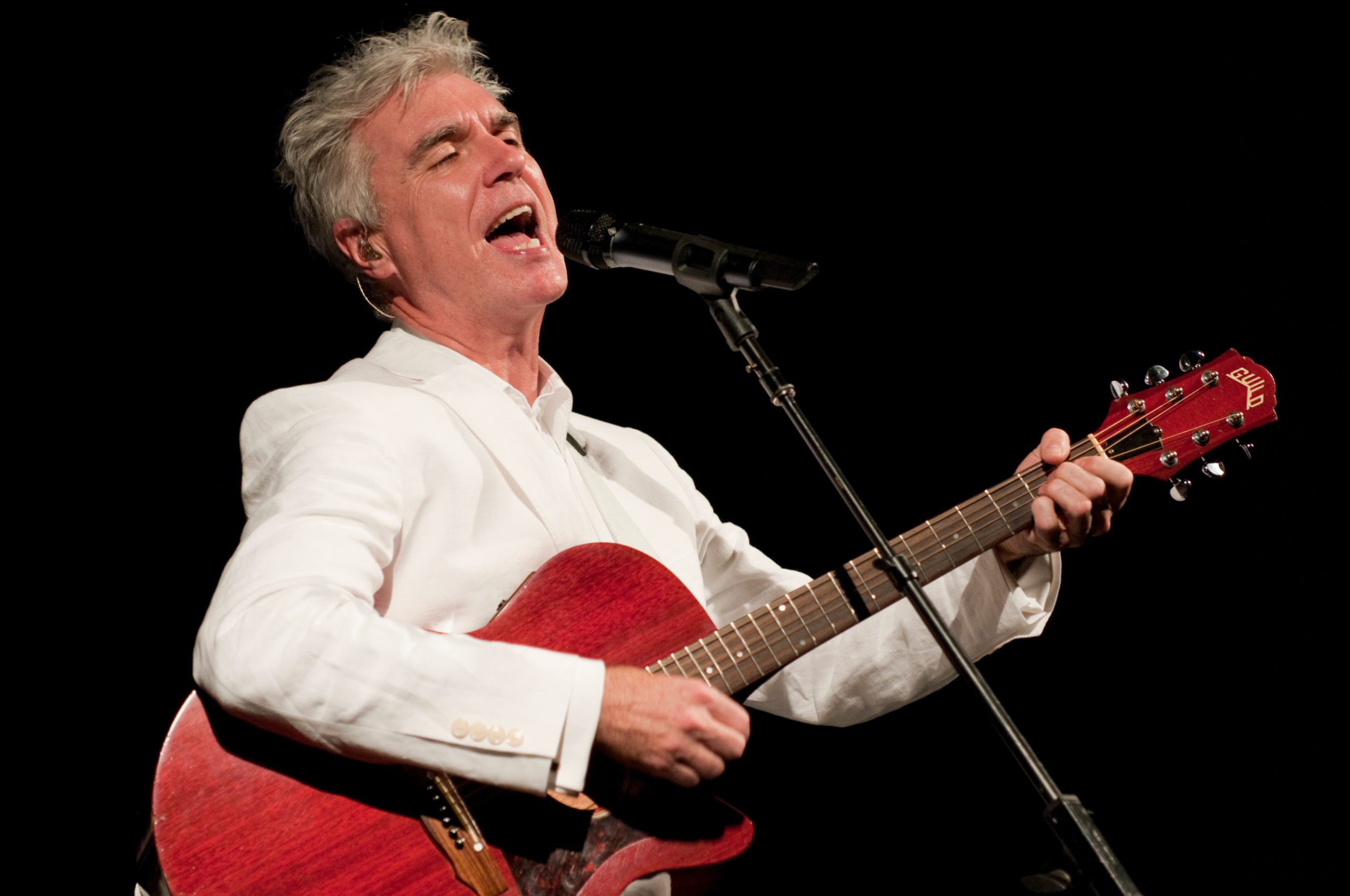Beneath the manicured lawns of academia, tectonic plates shifted last Wednesday night. Not from nature’s indifferent violence, but from something far more potent: 60,000 bodies surrendering to metal’s oldest promise – that together, we’re powerful enough to break things.
The Collective Body Electric
The old men with their measurement tools confirmed what every kid in a battle vest already knew: Metallica doesn’t just metaphorically make the earth move. When Metallica launched into “Enter Sandman” at Virginia Tech’s Lane Stadium on May 8, seismographs a mile away registered the tremors like a bassline through stadium concrete.
“The magnitude would have been less than 1.0,” explained Martin Chapman from Virginia Tech Seismological Observatory (VTSO), who told Fox Weather the vibrations were “too small to be felt even a mile away.” Chapman clarified to Axios that the activity isn’t technically classified as an earthquake because it wasn’t a “natural faulting event.”
The viral TikTok of drinks rippling in cups like prehistoric warnings speaks volumes. The concrete was swaying—the established order trembling as 60,000 fans moved as one organism.
The Authority of Noise
For a quarter-century, “Enter Sandman” has served as Virginia Tech’s football entrance anthem – institutionalized rebellion that somehow never lost its teeth. You know how something dangerous becomes domesticated until the original creators show up to remind everyone what voltage feels like?
Hetfield led the crowd in a “Hokies! Let’s Go!” chant before launching into the song that’s been the soundtrack to Virginia Tech football since 2000. The song, snatched back from mascots and marching bands, became dangerous again.
Virginia Tech Athletics captured the moment on social media with the caption: “Thanks for jumping with us, Metallica! Come back anytime.” The seismographs recorded two distinct spikes—one when the band teased the intro, another more significant one during the full performance, as reported by Axios and Rolling Stone.
Vibrations as Politics
What happens when enough bodies move together has always terrified those who prefer stasis. The university quickly commodified the rebellion, rushing out “Blacksburg Earthquake, the night the Earth shook” merchandise featuring the actual seismograph reading, as confirmed by Axios.
Metallica joins the seismic pantheon alongside the Foo Fighters (New Zealand, 2011) and AC/DC (Australia, 2016) – bands that mobilized enough synchronized flesh to register on instruments designed for fault lines, not distortion pedals. But the Virginia Tech event carries unique weight because it’s where football culture, scientific measurement, and metal’s raw power formed a perfect power chord triad.
The Reverence of Volume
The tremors during the concert were reportedly more intense than those registered during regular football games when the recorded version plays—a testament to the raw power of live performance over reproduction.
As Metallica’s M72 World Tour rumbles across North America through June, with upcoming shows in Philadelphia, Atlanta, Houston, and Denver, they leave behind not just ringing ears but scientific evidence of what fans have always understood: musical communion can reshape physical reality.
This convergence of metal icons with a beloved university tradition will likely be remembered as the night when music’s figurative earth-shaking power became literal—when 60,000 devotees of distorted guitar notes created actual tectonic movement, a reminder that the collective body, when tuned to the same frequency, can still make empires tremble. Imagine what their unreleased music could do in a stadium.


























